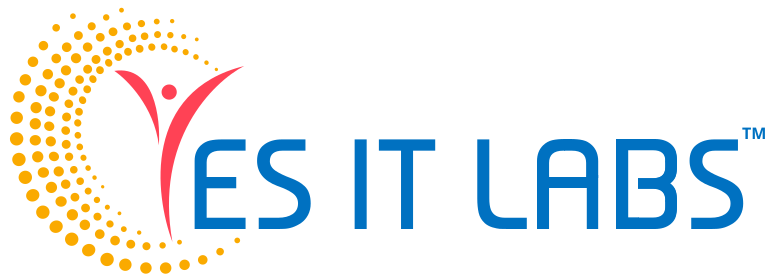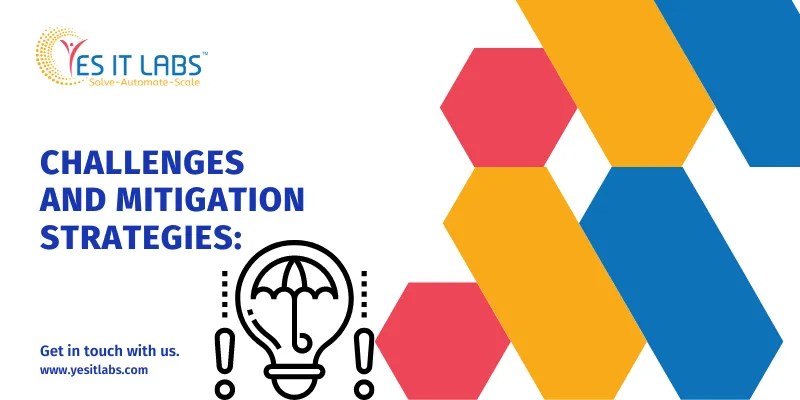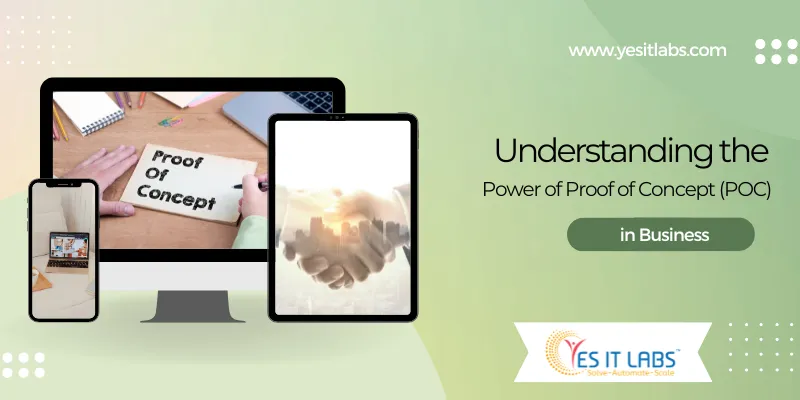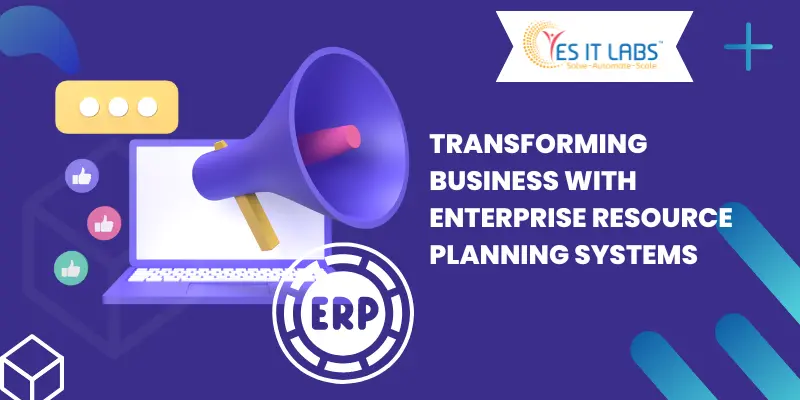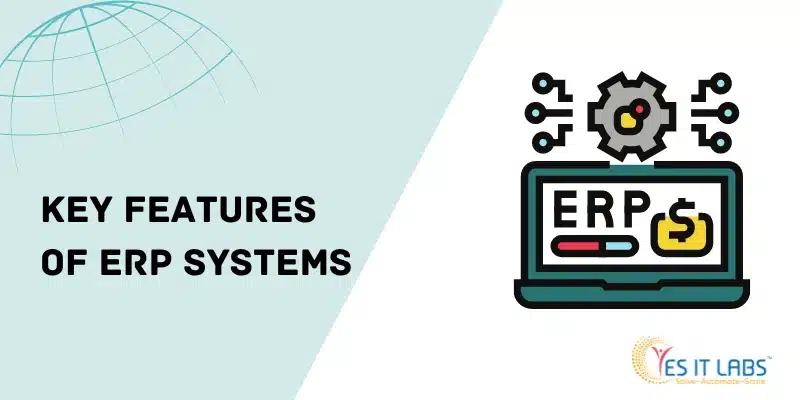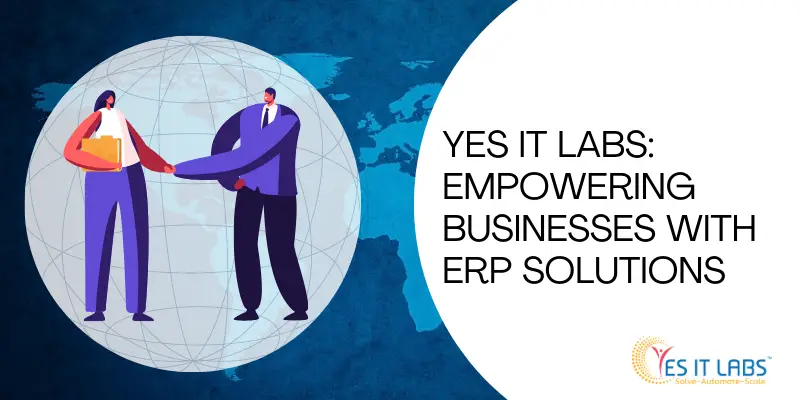In the ever-evolving digital landscape, robust and versatile software is crucial. For developers building applications on the Windows platform, the Windows Software Development Kit (SDK) offers an extensive suite of tools and resources to simplify and enhance the development process. This article explores the key components of the Windows SDK, its benefits, and how developers can leverage it for efficient and high-performance application development.
What is the Windows Software Development Kit (SDK)?
The Windows SDK is a comprehensive collection of tools, libraries, headers, documentation, and sample code that enables developers to build applications optimized for Windows environments. Whether developing traditional desktop applications or modern UWP (Universal Windows Platform) apps, the SDK provides everything needed to integrate seamlessly with the Windows ecosystem.
Key Components of the Windows SDK
1. APIs and Libraries
Windows SDK grants access to an extensive set of APIs and libraries that allow developers to harness the full capabilities of the Windows platform. These APIs support various functionalities, including:
- User Interface (UI): Components for creating intuitive and responsive Windows-based UIs.
- Networking: Tools for managing network connections, web services, and cloud interactions.
- Security: Authentication, encryption, and security mechanisms to protect applications and data.
- Graphics and Multimedia: DirectX and other multimedia libraries for rendering and media playback.
2. Developer Tools
The SDK comes equipped with powerful tools that enhance productivity and streamline the development cycle:
- Compilers: Optimized tools for translating source code into machine code efficiently.
- Debuggers: Advanced debugging utilities for identifying and resolving application issues.
- Profiling and Performance Analysis: Tools that help optimize application performance and resource utilization.
- Windows App Certification Kit: Ensures applications meet Microsoft’s compatibility and certification requirements.
3. Documentation and Learning Resources
Microsoft provides extensive documentation with the Windows SDK, making it easier for developers to understand and implement best practices. Key resources include:
- API Reference Guides: Detailed explanations of available APIs and their usage.
- Tutorials and Sample Code: Ready-to-use code snippets that demonstrate real-world applications of various features.
- Developer Forums and Support: Access to community discussions and expert insights.
Benefits of Using the Windows SDK
1. Seamless Windows Integration
The SDK ensures that applications work smoothly with Windows OS features, such as native notifications, background services, and system resource management.
2. Cross-Device Compatibility
With support for UWP, developers can create applications that run across multiple Windows devices, including desktops, tablets, Xbox, and HoloLens.
3. Enhanced Security and Compliance
Built-in security frameworks allow developers to integrate authentication, data protection, and secure communications into their applications, ensuring compliance with industry standards.
4. Performance Optimization
Profiling and debugging tools enable developers to fine-tune applications for better speed, memory efficiency, and overall performance.
Best Practices for Windows Development with the SDK
- Keep the SDK Updated: Microsoft frequently updates the SDK with new features, bug fixes, and security improvements.
- Leverage Sample Code: Studying existing code snippets can save time and provide practical insights into API usage.
- Follow UI/UX Guidelines: Adhering to Windows design principles ensures a consistent and user-friendly experience.
- Test Across Different Windows Versions: Ensuring compatibility across multiple versions of Windows increases accessibility for a broader audience.
- Utilize Debugging and Profiling Tools: Regularly analyzing performance can prevent bottlenecks and improve application efficiency.
The Role of YES IT Labs in Windows Development
YES IT Labs is a trusted Windows development company specializing in Windows application development. With a team of experienced developers proficient in leveraging the Windows SDK, we create tailored solutions that meet diverse business needs. From enterprise software to consumer applications, YES IT Labs follows industry best practices to ensure seamless integration, optimal performance, and enhanced security for Windows-based applications. Our expertise spans across UI/UX design, backend development, and cloud-based solutions, making them a reliable partner for businesses seeking robust Windows software solutions.
Conclusion
The Windows Software Development Kit is an essential toolkit for any developer building applications for the Windows ecosystem. With its rich set of APIs, powerful development tools, and extensive documentation, the SDK provides everything needed to create high-performance, secure, and scalable applications. Whether you’re developing enterprise software, gaming applications, or productivity tools, the Windows SDK offers the resources necessary to bring innovative solutions to life efficiently and effectively. If you’re looking to hire Windows developer, understanding the full potential of the SDK is key to creating powerful and efficient software solutions.
